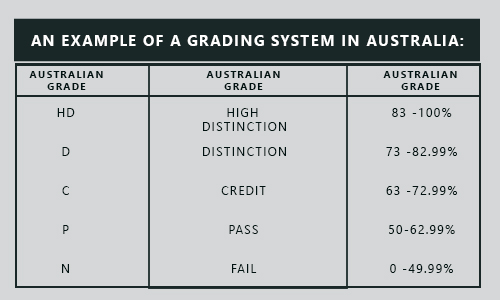Electrical Engineering Assignment Help Sample by VAH Experts
Discuss the impact of renewable energy integration on electrical grid stability. Highlight the challenges and propose engineering solutions to mitigate potential issues.
The integration of renewable energy sources into electrical grids has become a pivotal focus in modern power systems engineering. While renewable energy offers environmental benefits and sustainability, its incorporation into existing grids presents challenges that can affect grid stability. This essay examines these challenges and proposes engineering solutions to mitigate potential issues.
Challenges of Renewable Energy Integration
-
Intermittency and Variability: Renewable energy sources like solar and wind are inherently intermittent. Solar power generation is contingent on sunlight availability, and wind energy depends on wind speed, both of which are unpredictable. This variability can lead to fluctuations in power generation, causing imbalances between supply and demand.
-
Frequency Regulation: Traditional power plants provide consistent power output, aiding in maintaining grid frequency. In contrast, the variable nature of renewables can cause frequency deviations, leading to instability in the grid.
-
Voltage Regulation: The integration of distributed renewable energy sources can result in voltage fluctuations, especially in distribution networks not designed for bidirectional power flow. This can affect the performance of electrical equipment and the overall power quality.
-
Inertia Reduction: Conventional power plants contribute to system inertia, which helps in resisting frequency changes. Renewables, particularly inverter-based sources, contribute less inertia, making the grid more susceptible to frequency variations.
Proposed Engineering Solutions
-
Energy Storage Systems (ESS): Implementing ESS, such as batteries, can store excess energy generated during peak production and release it during low production periods. This approach helps in balancing supply and demand, mitigating the effects of intermittency.
-
Advanced Forecasting Techniques: Utilizing sophisticated weather forecasting models can improve the predictability of renewable energy generation. Accurate forecasts enable grid operators to plan and adjust operations proactively, reducing the impact of variability.
-
Demand Response Programs: Encouraging consumers to adjust their energy consumption patterns in response to supply conditions can help balance the grid. For instance, incentivizing reduced consumption during peak demand periods or increased usage during high renewable generation times can alleviate stress on the grid.
-
Flexible Generation Resources: Maintaining a mix of flexible generation sources, such as natural gas peaker plants, can provide quick ramp-up capabilities to counteract sudden drops in renewable generation, thereby supporting grid stability.
-
Grid Modernization and Smart Grids: Upgrading grid infrastructure to incorporate smart technologies allows for real-time monitoring and control. Smart grids can dynamically manage power flows, detect and respond to issues promptly, and optimize the integration of renewable sources.
-
Inertia Emulation: Developing advanced inverter technologies that can emulate inertia can help in maintaining frequency stability. These inverters can provide synthetic inertia by rapidly adjusting their output in response to frequency changes.
-
Enhanced Grid Codes and Standards: Establishing stringent grid codes that require renewable energy systems to support voltage and frequency regulation can ensure that these sources contribute to grid stability. Compliance with such standards ensures a more resilient power system.
Conclusion
Integrating renewable energy into electrical grids presents challenges that require comprehensive engineering solutions. By implementing energy storage systems, improving forecasting techniques, promoting demand response, utilizing flexible generation, modernizing grid infrastructure, developing inertia emulation technologies, and enforcing robust grid codes, it is possible to mitigate potential issues and enhance grid stability. As the transition to renewable energy continues, ongoing research and development in these areas will be crucial to ensure a reliable and sustainable power supply.
Note: This assignment is based on the course ENGN2218 – Electronic Systems and Design, as offered by The Australian National University.
Electrical Engineering Assignment Help Sample by VAH Experts
What do electrical engineers do?
Electrical engineers develop, design, test, and manage electrical equipment, from electric motors and navigation systems to power generation and electrical components of vehicles and personal equipment.
Electrical engineering is a vast field with job roles in a dizzying array of industries. Electrical engineers are integral to thousands of companies, from electric power generation and distribution to cars to smartphones.
Electrical Engineering Assignment Help Sample by VAH Experts
What is Electrical Engineering?
Electrical engineering is one of the newer branches of engineering and has been around since the 19th century. It is the component of engineering that deals with the technology of electricity. Electrical engineers work on various components, devices, and systems, from tiny microchips to giant power station generators. Early experiments with electricity involved primitive batteries and static charges.






.png)
.png)
.png)







